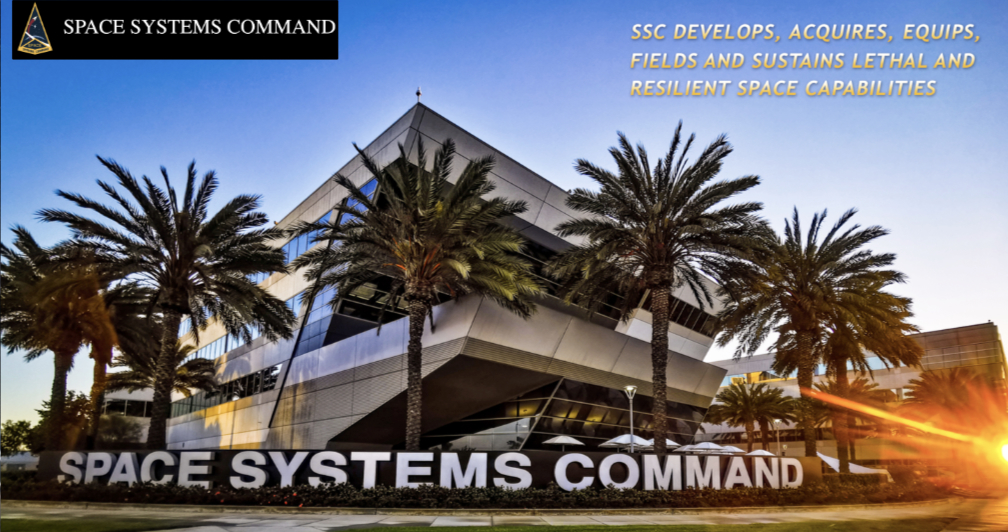
Space Systems Command‘s (SSC) Future Operationally Resilient Ground Evolution (FORGE) program has awarded a Cost-Plus Incentive Fee contract for $272 million to SciTec Inc. for Mission Data Processing Application Provider (MDPAP).

MDPAP will deliver critical applications for the nation’s missile warning mission in direct support of the Space Based Infrared System (SBIRS) and the Next-Generation Overhead Persistent Infrared (Next-Gen OPIR) program.

MDPAP creates applications critical to the OPIR mission, consisting of Missile Warning (MW), Missile Defense (MD), Battlespace Awareness (BA), Technical Intelligence (TI), and Civil/Environmental (C/E). MDPAP applications are integrated with the modular, scalable and extensible Mission Data Processing Applications Framework (MDPAF) which provides a modern and cyber-secure platform to develop, manage, and host MDP applications. The MDPAF is being developed by Raytheon Intelligence & Space, Aurora, Colorado.

FORGE employed an acquisition approach that ensures flexibility, modularity, and scalability in its contracts, enabling greater commercial participation to spur innovation and promote enterprise solutions. The initial prototyping contract was accomplished through the Space Enterprise Consortium Other Transaction Authority (SpEC OTA) which provides access to traditional and non-traditional contractors through OTAs. The OTA’s innovative contracting process allowed SpEC to solicit bids from non-traditional companies. This process deducted at least six months from the pre-award schedule.
After performing competitive prototyping among three nontraditional companies for one year, the down-select and award went to SciTec. This unique approach reflects FORGE’s focus on cultivating innovation to deliver capabilities more quickly to the operations community.
SciTec was able to provide early demonstrations of success using resources provided by the Tools Applications and Processors (TAP) Lab located at Boulder, Colorado. The TAP Lab provides developers access to data from multiple sensors to create and test new software applications and algorithms. The unique access, infrastructure, and environment provided by the TAP Lab enabled SciTec to focus on their core competencies. This approach resulted in capabilities like “ARROW,” an application that performs dim target tracking, and “FLAIMM,” which performs data fusion — both provided core elements for the MDPAP architecture.

SciTec’s development and tuning of advanced algorithms, signal processing and data communications components deliver operational software that can automatically detect, classify and track a target in real time. SciTec’s code is deployed in satellite ground stations, command and control centers, government laboratories, community clouds, and on-board small satellite systems.
FORGE is the ground system that supports SSC’s Next-Gen OPIR program and continued operations of legacy Space Based Infrared System (SBIRS) capabilities. FORGE enables maximum use of the OPIR constellation by creating a modular and scalable Mission Data Processing architecture that allows for new OPIR sensors to be rapidly incorporated as new threats evolve. Further, the government owns the technical baseline, which allows for competition of third-party application developers.
“The prototyping effort under SpEC has allowed us to try before we buy. We had the opportunity to bring USSF Delta 4 operators in to use the applications and shape the look, feel, and function of these applications,” said Col. Dan Walter, Strategic Missile Warning Senior Materiel Leader at Space Systems Command. “The competition drove industry to bring the best of breed products together for best value for the warfighter. This is a no-fail mission, and we’re excited for the game-changing applications being delivered.”
Space Systems Command is the U.S. Space Force field command responsible for rapidly identifying, prototyping, and fielding resilient space capabilities for joint warfighters. SSC delivers sustainable joint space warfighting capabilities to defend the nation and its allies while disrupting adversaries in the contested space domain. SSC mission areas include launch acquisition and operations; space domain awareness; positioning, navigation and timing; missile warning; satellite communication; and cross-mission ground, command and control and data. SSC is headquartered at Los Angeles Air Force Base in El Segundo, Calif.
